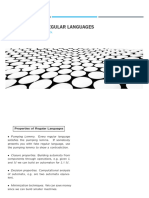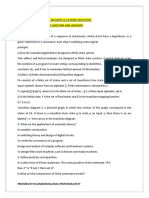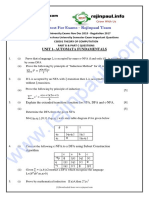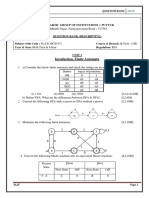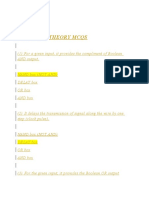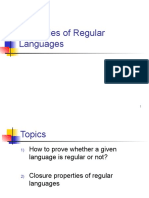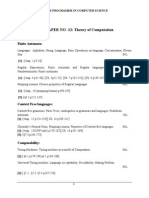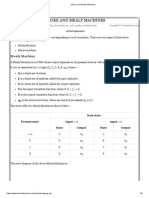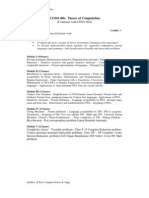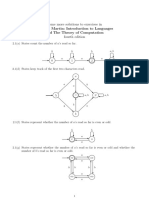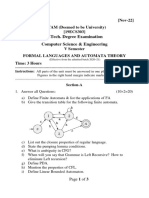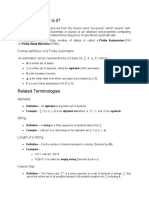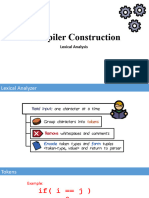0% found this document useful (0 votes)
50 views2 pagesTutorial Sheet Tafl Unit 2
This tutorial sheet for B. Tech CSE outlines the course details for TAFL BCS-402 in the 4th semester, including the course coordinator and learning outcomes. It contains short and long answer type questions related to formal languages, automata theory, and regular expressions. Additionally, it lists references for textbooks relevant to the subject.
Uploaded by
movite6018Copyright
© © All Rights Reserved
We take content rights seriously. If you suspect this is your content, claim it here.
Available Formats
Download as PDF, TXT or read online on Scribd
0% found this document useful (0 votes)
50 views2 pagesTutorial Sheet Tafl Unit 2
This tutorial sheet for B. Tech CSE outlines the course details for TAFL BCS-402 in the 4th semester, including the course coordinator and learning outcomes. It contains short and long answer type questions related to formal languages, automata theory, and regular expressions. Additionally, it lists references for textbooks relevant to the subject.
Uploaded by
movite6018Copyright
© © All Rights Reserved
We take content rights seriously. If you suspect this is your content, claim it here.
Available Formats
Download as PDF, TXT or read online on Scribd
/ 2






